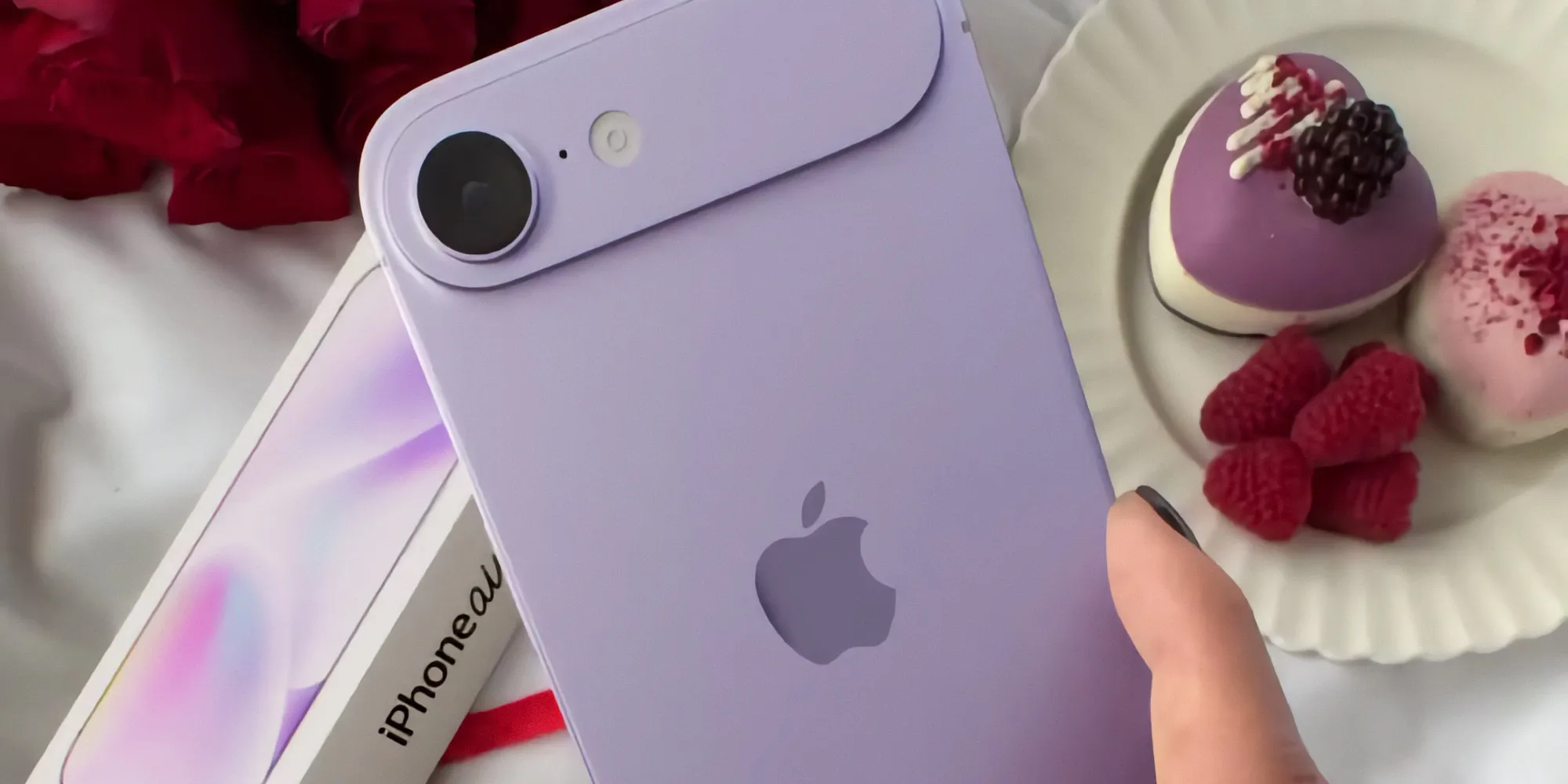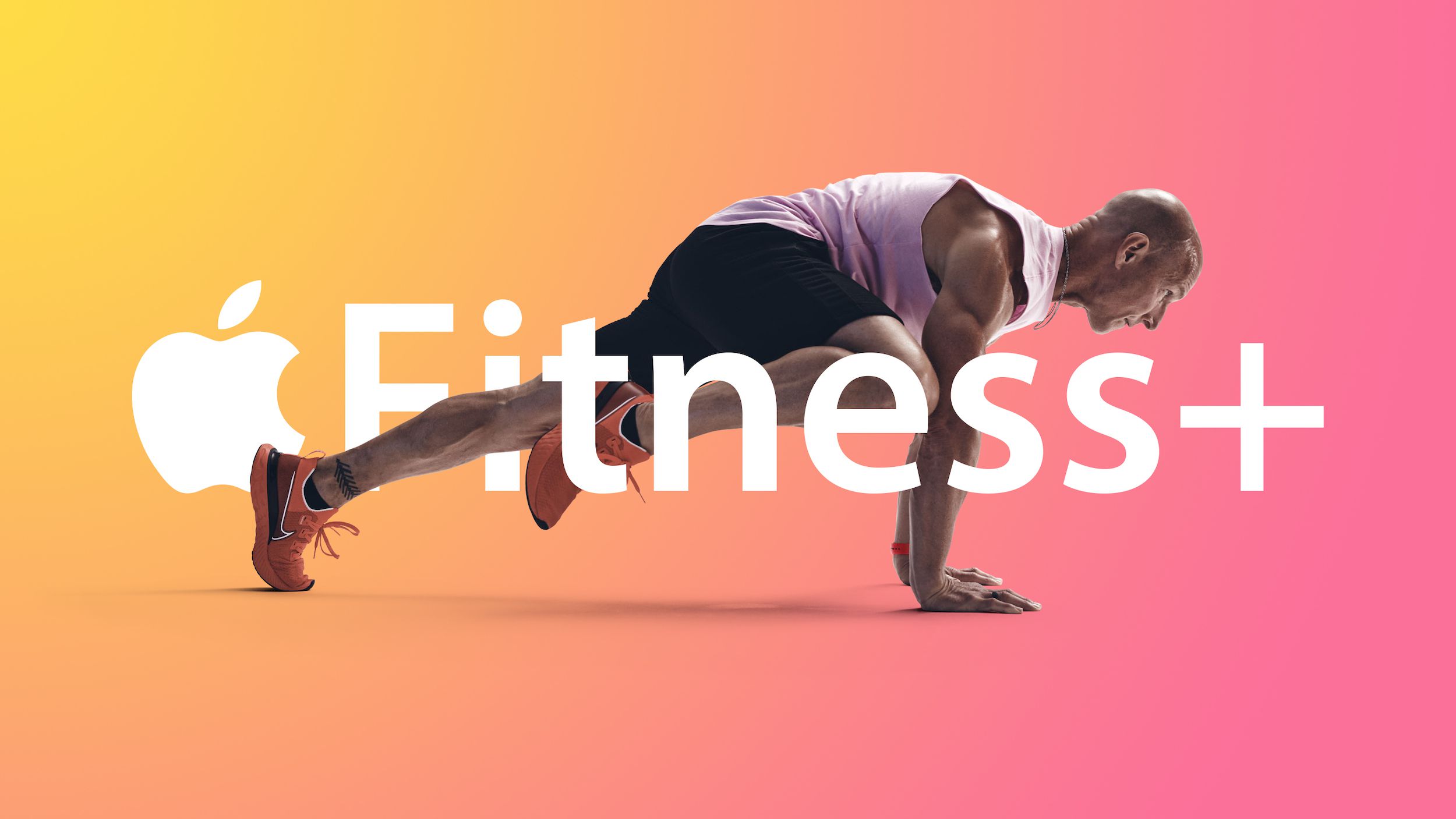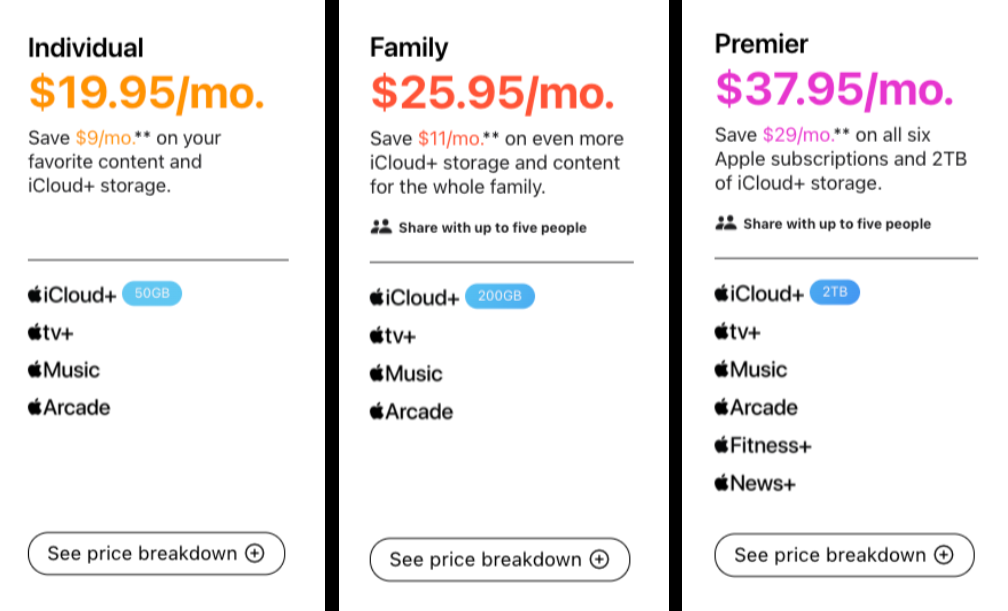Apple is gearing up to launch a new budget-friendly iPhone next week that could significantly increase its popularity, thanks to the inclusion of Apple Intelligence. According to industry analyst Ming-Chi Kuo, this new model, potentially succeeding the iPhone SE 3, is expected to ship around 22 million units this year, outpacing previous entry-level iPhone sales.
Kuo highlights several advantages for Apple with this new release. Firstly, launching an affordable iPhone between its flagship releases helps maintain sales momentum during typically slower periods. Secondly, by adding Apple Intelligence to a phone that’s cheaper than the premium iPhone 15 Pro and the upcoming iPhone 16 series, Apple can broaden the reach of its AI features. Thirdly, this model will debut Apple’s first self-developed modem, which will first be tested in this less high-stakes environment.
This move to in-house modems still involves paying licensing fees to Qualcomm, due to their extensive patent holdings. The design of the new budget iPhone is rumored to mimic the iPhone 14, featuring a modern, flat-sided look, Face ID instead of Touch ID, and smaller bezels, though it will likely retain a single back camera.
Apple has noted that areas where Apple Intelligence is available have seen increased iPhone sales, suggesting that consumers are eager for AI integration. However, regions without these features, like China, have not seen the same growth. Apple Intelligence is set to expand to more markets by this summer.
The week’s big reveal will occur on Wednesday at Apple’s product launch event, where we might also see the iPad 11 with Apple Intelligence and the MacBook Air with the new M4 chip. This strategic move by Apple could reshape the market dynamics for budget smartphones, making advanced technology more accessible to a broader audience.





